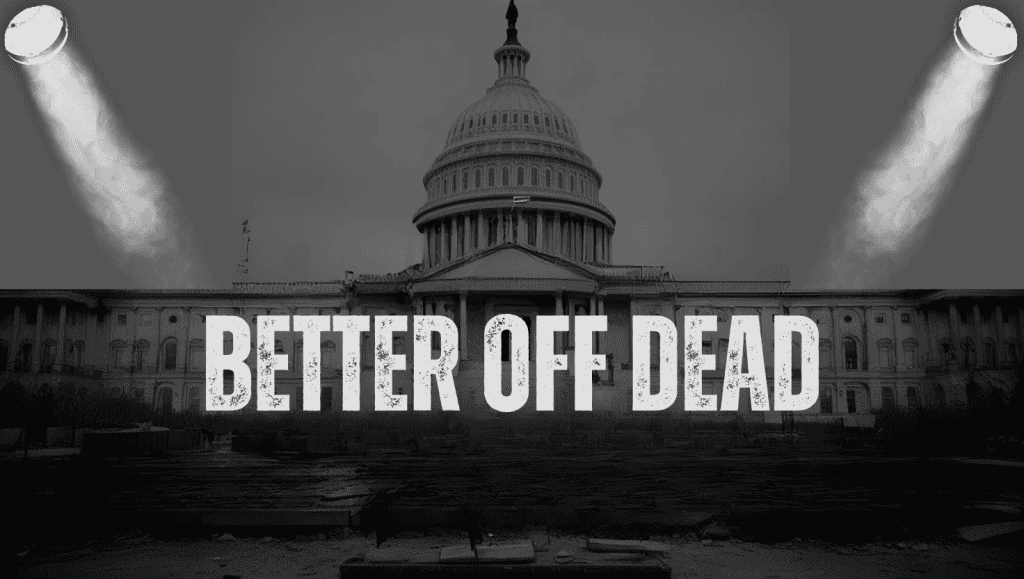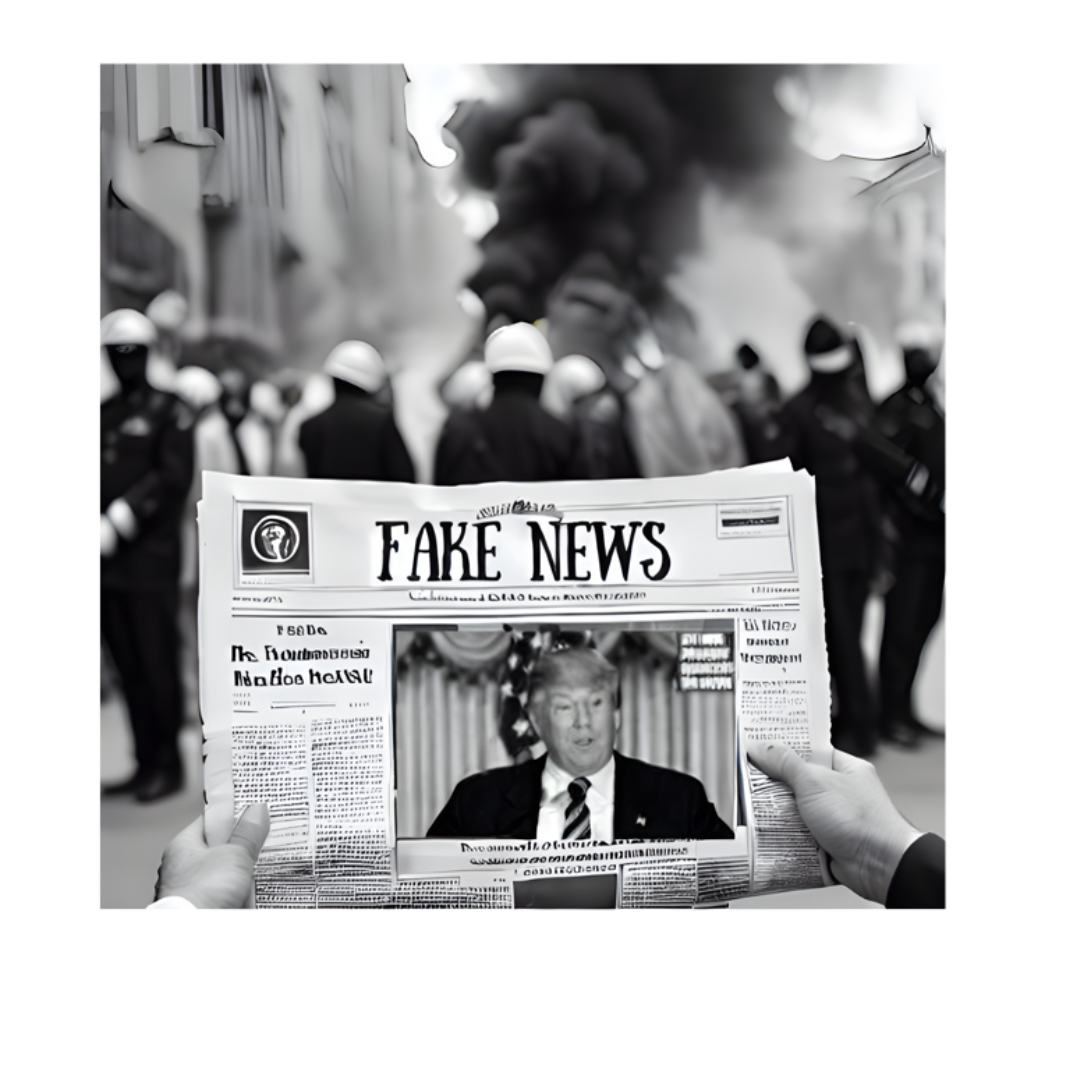Introduction: The media’s influence is gargantuan. Yet, this power is often wielded with reckless abandon. From COVID-19 to Trump, and every war in between, media narratives have been distorted beyond recognition. This isn’t just misleading; it’s malicious.
Media Manipulation: A Historical Perspective Media manipulation is as old as the press itself. From the Spanish-American War’s Yellow Journalism to the Red Scare’s propaganda, the press has always danced to the tune of power. William Randolph Hearst famously used his newspapers to stir public sentiment for the Spanish-American War, showing how media can shape national policy by manipulating public perception.
Media manipulation refers to the ways in which news media can influence public perception and opinion by selectively presenting information, distorting facts, or omitting critical details. Historically, media manipulation has been used to garner support for political agendas or national policies. Yellow Journalism in the late 19th century, led by figures like William Randolph Hearst, involved sensationalized and often false reporting to incite public emotion and support for the Spanish-American War. Similarly, during the Red Scare, media played a significant role in propagating fear of communism, influencing public sentiment and policy against perceived communist threats.
The Role of Media in Shaping Public Opinion Media doesn’t just report news; it creates it. Through selective reporting, the press molds public perception. It’s a puppet master, and we’re all on strings. The constant cycle of 24-hour news channels, social media updates, and online news sites ensures that the narrative never sleeps.
The media wields significant power in shaping public opinion by determining which stories are reported, how they are presented, and the emphasis placed on certain aspects over others. This selective reporting can create a biased narrative that influences how the public perceives events and issues. The 24-hour news cycle and the pervasive nature of social media amplify this effect, ensuring that certain narratives are continuously reinforced.
COVID-19: The Panic and the Propaganda When COVID-19 hit, the media didn’t just report the news—they manufactured hysteria. Fear was their weapon, and they wielded it ruthlessly. Misinformation spread faster than the virus itself, and the retractions? Barely a whisper compared to the initial cacophony. Headlines screamed of impending doom, while nuanced discussions of the virus’s nature and trajectory were relegated to the background.
During the COVID-19 pandemic, media coverage often focused on the most sensational and alarming aspects of the crisis. This included dramatic headlines and constant updates that emphasized the dangers and uncertainties, which contributed to widespread public fear and panic. Instances of misinformation were common, and when corrections or retractions were issued, they typically received far less attention than the original sensationalized reports.
Case Study: Hydroxychloroquine Controversy Remember hydroxychloroquine? The media crucified it without evidence. Later studies showed mixed results, but by then, the damage was done. The media’s agenda was clear: discredit anything not in line with their narrative. Dr. Didier Raoult’s early studies were dismissed outright, and anyone supporting the drug faced character assassination, regardless of emerging supportive data.
Hydroxychloroquine became a contentious topic early in the pandemic when it was suggested as a potential treatment for COVID-19. Media outlets quickly polarized the issue, often focusing on discrediting the drug without comprehensive evidence. Early studies by figures like Dr. Didier Raoult were dismissed, and the debate became highly politicized. Later, mixed results from further studies highlighted the complexity of the issue, but the initial media frenzy had already shaped public perception negatively.
The Lab Leak Theory: From Dismissal to Consideration The lab leak theory was initially laughed off as a conspiracy. Now, it’s a viable explanation. The media’s knee-jerk dismissal was more about protecting their credibility than seeking the truth. Reports from respected scientists were ignored, and the theory was tagged as a right-wing talking point, only to be reconsidered a year later.
The lab leak theory, which suggests that COVID-19 may have originated from a laboratory in Wuhan, China, was initially dismissed by mainstream media as a conspiracy theory. This dismissal was influenced by political and social factors. However, as more scientists began to consider the possibility, the narrative shifted. The theory gained credibility over time, highlighting how initial media reactions were more about aligning with certain political stances than objectively considering all the evidence.
Lockdowns and Economic Impact Lockdowns were portrayed as the ultimate solution. The economic devastation they caused? Barely mentioned. Small businesses were obliterated, but the narrative never budged. Stories of economic ruin, mental health crises, and educational setbacks were mere footnotes in the grand narrative of “public health.”
The media predominantly focused on lockdowns as a necessary measure to combat COVID-19, often underreporting the severe economic and social consequences. Small businesses faced unprecedented challenges, mental health issues surged, and educational disruptions impacted millions. Despite these significant impacts, the media narrative largely remained focused on the health benefits of lockdowns, sidelining the broader societal costs.
Mask Mandates and Social Compliance Masks became a symbol of compliance. The media’s shifting stance only fueled confusion. Initial skepticism turned into vehement support, eroding public trust. Studies showing limited effectiveness were buried under the avalanche of pro-mask propaganda, while dissenting experts were silenced.
Initially, public health guidance on mask-wearing was inconsistent, and the media mirrored this uncertainty. As mandates were introduced, the media strongly endorsed mask usage, sometimes ignoring studies that questioned their efficacy or silencing dissenting opinions. This shift contributed to public confusion and mistrust, as changing guidelines were not always clearly explained.
Vaccines: Miracle Cure or Political Tool? Vaccines were a political football. During Trump’s tenure, skepticism was high. Post-election, they became sacrosanct. The media’s flip-flop was glaringly political. The same outlets that questioned vaccine safety under Trump suddenly became their staunchest advocates once Biden took office.
: Vaccine coverage was heavily influenced by political dynamics. Under the Trump administration, media skepticism towards the rapid vaccine development was prominent. However, after Biden’s election, media narratives shifted to strong support for vaccination campaigns. This stark change underscored the politicization of public health measures, with media outlets aligning their coverage to reflect political biases rather than consistent scientific evidence.
Trump and the Media: A Complex Relationship Trump’s presidency was a media goldmine. They loathed him yet thrived on the chaos he brought. Bias was blatant, and selective reporting became the norm. Truth? A casualty in their war against Trump. The media’s obsession with Trump, from trivial gaffes to policy missteps, was a spectacle of bias
Donald Trump’s presidency was marked by an adversarial relationship with the media. While the media often criticized Trump, they also benefited from the high engagement and viewership his presidency generated. This relationship led to biased and selective reporting, where negative aspects were amplified, and positive or neutral developments were downplayed or ignored
Russia Collusion Narrative: The Russia collusion story was the media’s pet project. Despite the Mueller report’s inconclusive findings, they clung to it. The narrative was more important than the facts. Even after the report debunked major allegations, the media spun it to maintain the illusion of wrongdoing.
The media heavily promoted the narrative that Trump’s campaign colluded with Russia during the 2016 election. The Mueller report, however, did not find conclusive evidence of collusion. Despite this, media outlets continued to push the narrative, focusing on smaller aspects or interpretations that supported their original stance, thereby shaping public perception contrary to the report’s findings.
Impeachment Trials: Fact vs. Fiction Trump’s impeachment trials were media circuses. Facts were distorted, and biases were blatant. The goal wasn’t justice; it was spectacle. Selective leaks and anonymous sources fueled a narrative of guilt, irrespective of the actual legal outcomes.: Both of Trump’s impeachment trials were marked by intense media coverage that often emphasized sensational aspects over factual accuracy. Selective leaks and reliance on anonymous sources created a biased portrayal, aiming more at generating public outrage and viewership rather than delivering balanced coverage of the proceedings.
Charlottesville and the “Fine People” Hoax: Trump’s comments on Charlottesville were grossly misrepresented. The “fine people” hoax persisted despite corrections. The media’s agenda? Demonize Trump at all costs. Even as full transcripts debunked the initial claims, the misrepresentation stuck in public discourse.
During the Charlottesville incident, Trump’s remarks were widely misrepresented by the press. He was accused of calling white supremacists “fine people,” while full transcripts showed he explicitly condemned them. Despite later clarifications, the initial misleading narrative persisted, shaping public opinion against Trump.
Wars and the Media: A Symbiotic Relationship: The media and war are bedfellows. Through selective reporting, the press justifies conflicts. This symbiosis has profound consequences. From World War II to Vietnam and beyond, the media’s role in war propaganda has been critical.
The relationship between the press and military conflicts is complex and interdependent. Historically, media has often supported war efforts by framing conflicts in a way that garners public support. This selective reporting can omit critical details that might sway public opinion against the war, thus playing a key role in justifying and sustaining military actions.
The Iraq War: Selling the Invasion: The Iraq War stands as a stark example of how the media can be instrumental in selling a war to the public. Leading up to the invasion, media outlets played a crucial role in shaping public opinion in favor of military action. Through biased reporting, selective use of information, and echoing government narratives, the media contributed to the perception that invading Iraq was necessary for national security.
Media’s Role in Selling the Iraq War: In the early 2000s, the press coverage of Iraq heavily emphasized the threat posed by Saddam Hussein’s regime, linking it to weapons of mass destruction (WMDs) and terrorism. Reports often echoed official statements from the Bush administration without sufficient scrutiny or independent verification. This created a sense of urgency and fear among the public, justifying the invasion as a preemptive strike against a supposed imminent danger.
The Lack of Critical Analysis: One of the most concerning aspects of media coverage leading up to the Iraq War was the lack of critical analysis and investigative journalism. Instead of questioning the validity of intelligence claims or examining alternative perspectives, many media outlets acted as conduits for government narratives. This lack of skepticism allowed misinformation to spread unchecked, leading to public support for a war that would have far-reaching consequences.
Impact on Public Perception: The press’s role in selling the Iraq War had a profound impact on public perception. Polls at the time showed a significant portion of the American population believed Iraq was involved in the 9/11 attacks, despite no evidence supporting this claim. This misconception was fueled by media coverage that conflated unrelated issues and presented them as interconnected threats.
Lessons Learned: The Iraq War and its media coverage serve as a cautionary tale about the dangers of unchecked media influence in matters of war and national security. It highlights the importance of media literacy, critical thinking, and independent journalism in challenging official narratives and holding those in power accountable.
Moving Forward: As we reflect on the media’s role in past conflicts, it’s crucial to demand transparency, accountability, and ethical journalism from media organizations. By questioning narratives, seeking diverse perspectives, and fact-checking information, we can strive for a media landscape that informs rather than manipulates public opinion, especially in matters as consequential as war.
Conclusion: The intertwining of media, politics, and warfare is a complex and enduring phenomenon. From historical examples like the Iraq War to contemporary issues such as the portrayal of conflicts in the Middle East, the media’s influence on public perception cannot be underestimated, or can they?. By understanding the mechanisms of media manipulation and advocating for responsible journalism, we can strive for a more informed and critical society, less susceptible to the distortions and biases that have characterized past media narratives.


Leave a Reply